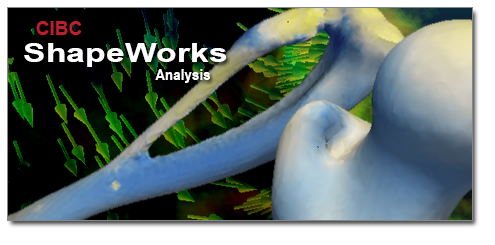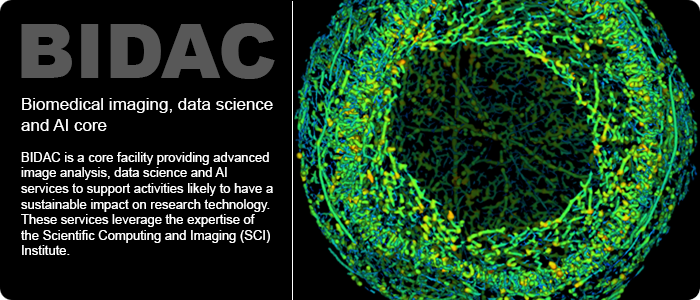Collaborators: Heath Henninger, PhD, Matthijs Jacxsens, MD
Departments: Biomechanics and Orthopaedics
Project
Anterior shoulder dislocation accounts for approximately half of all major joint dislocations each year, mainly affecting young athletes. Recurrent instability frequently arises after a first time instability event, leading to pain, decreased ability to participate high-level activities, degenerative changes of the joint, and a decrease in overall health. Premorbid and morbid morphologic variations of the shoulder have been determined as important risk factors for recurrent instability. The assessment of defect size and location of Hill-Sachs lesions are essential for the evaluation of the recurrence risk, as these anatomical variations determine the risk of mechanical engagement of the shoulder during arm elevation and rotation.
The objective of this year-long project will be to evaluate and compare the premorbid and morbid anatomic variations in patients with Hill-Sachs lesions based on groups of different defect sizes and locations, with those of normal, healthy shoulders.
Progress
To visualize and quantify premorbid and morbid morphologic variations in patients with anterior shoulder instability, a 3D assessment is essential. BIDAC will perform Statistical Shape Modelling (SSM) on 3D reconstructions of shoulders to assess anatomical differences between a healthy control group and a group with Hill-Sachs lesions.
